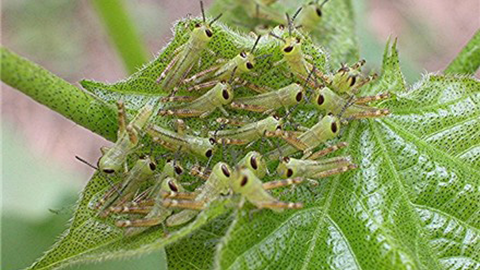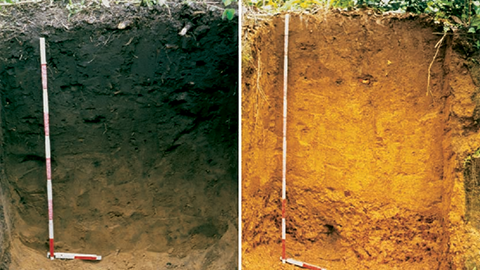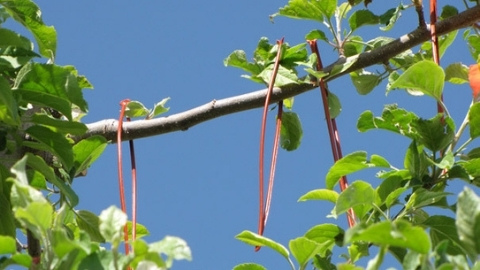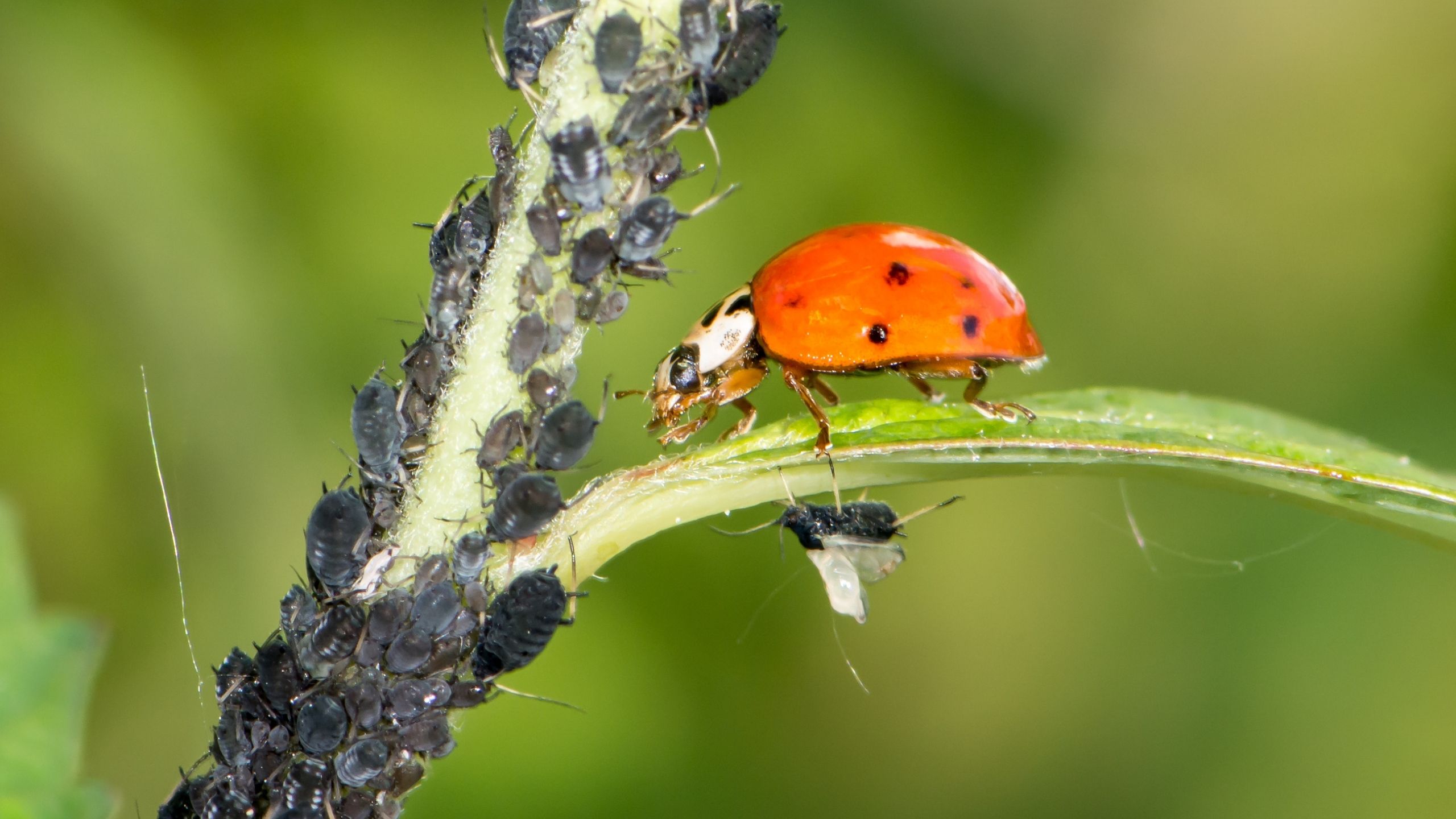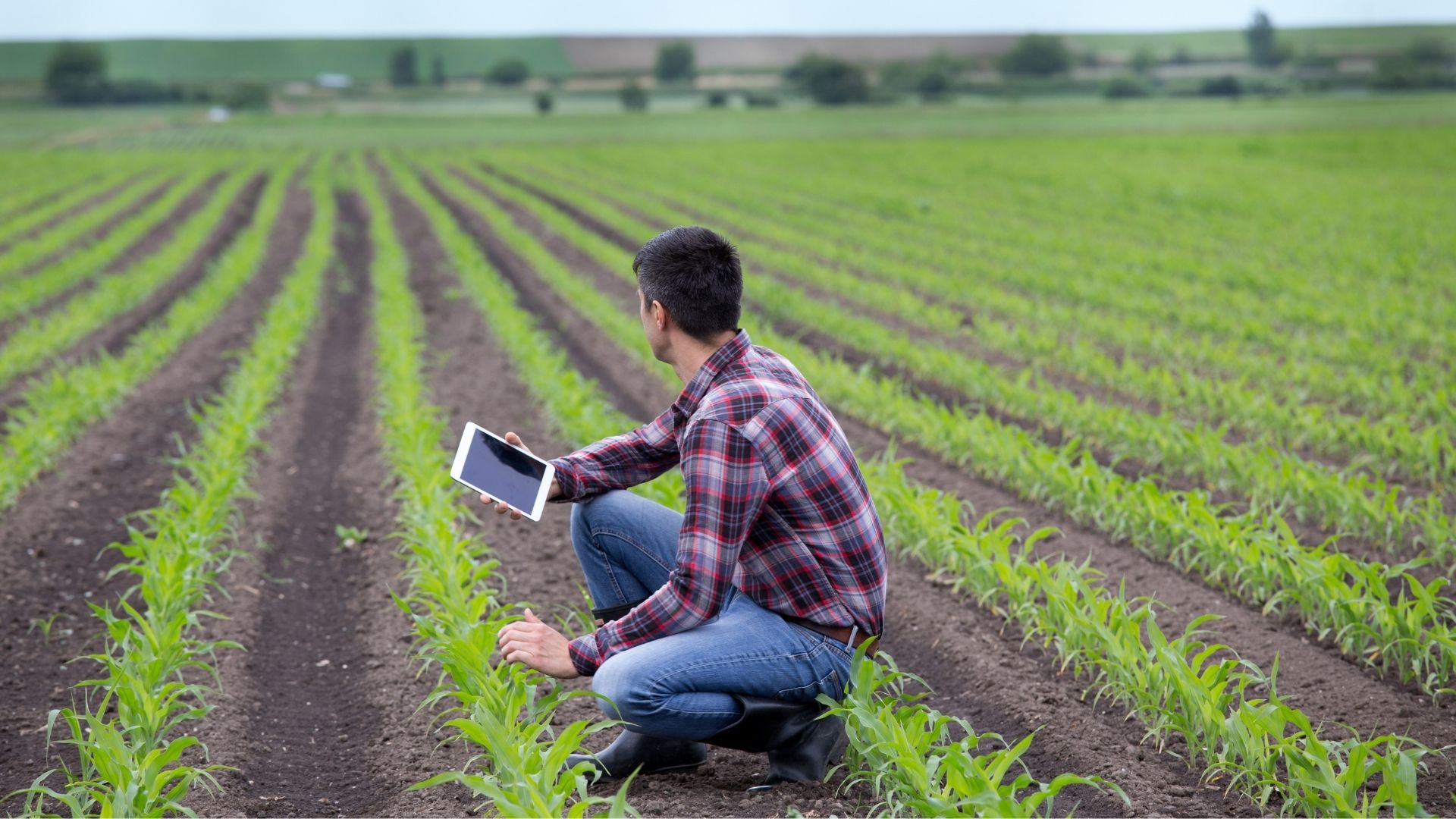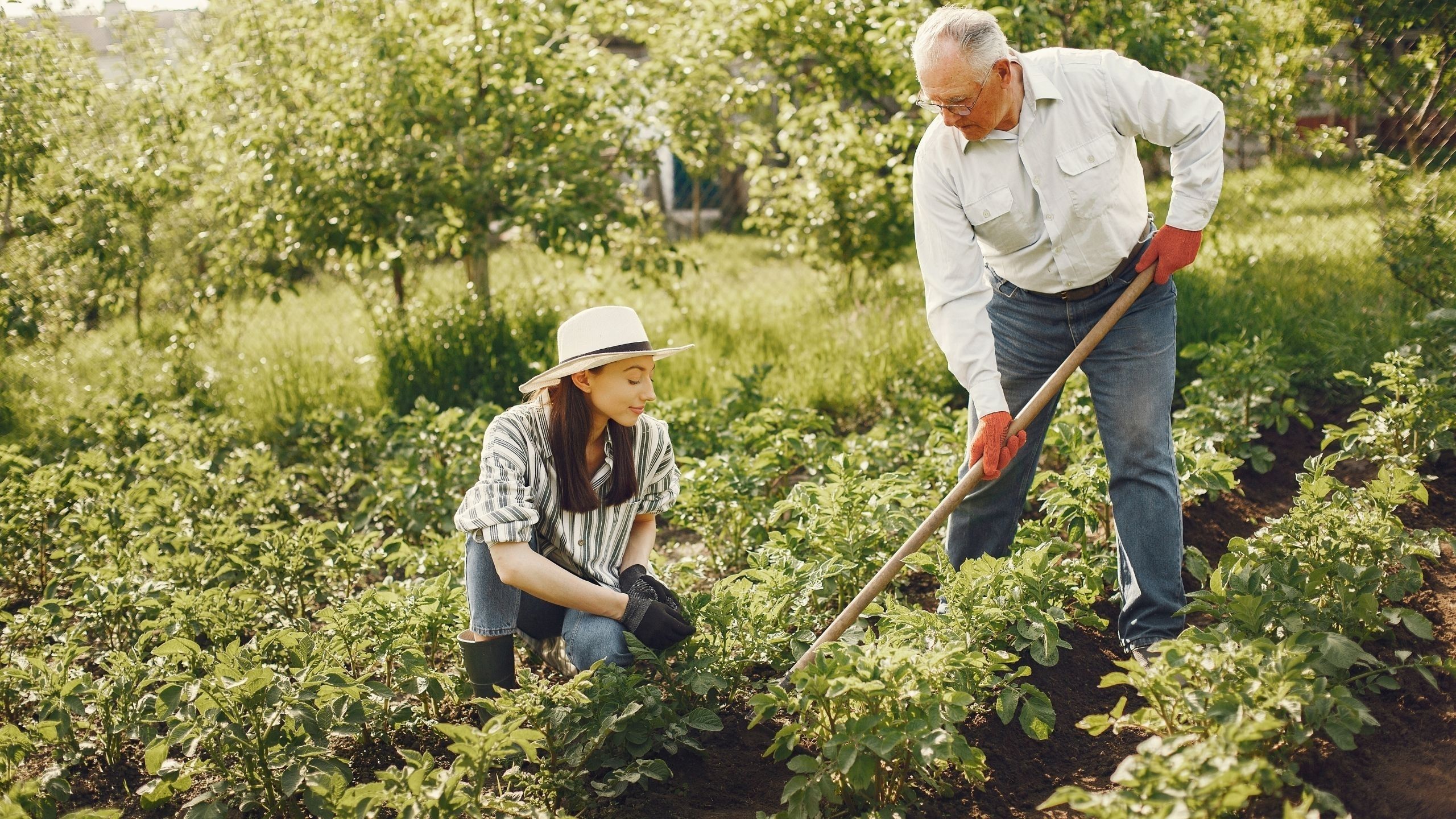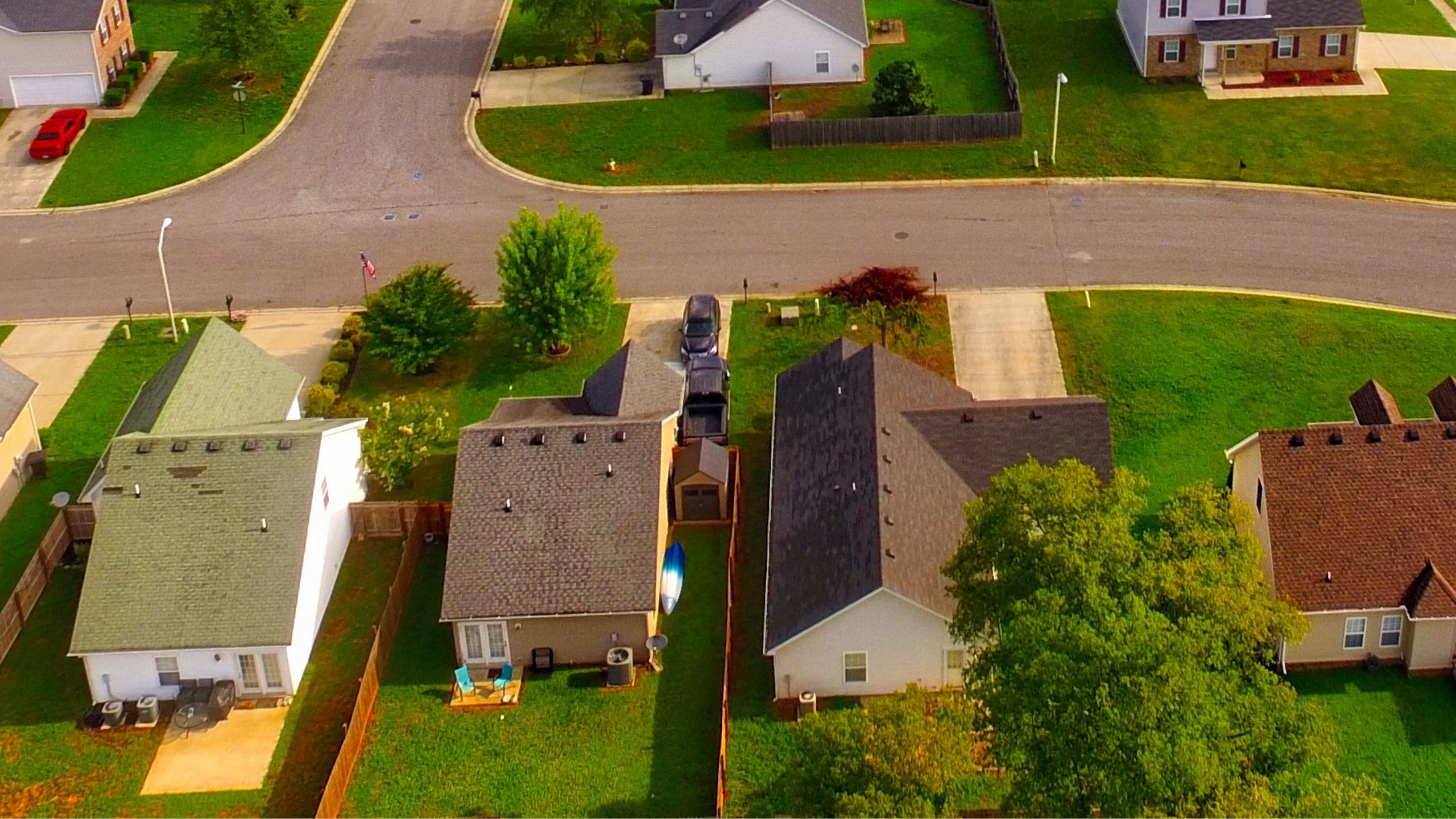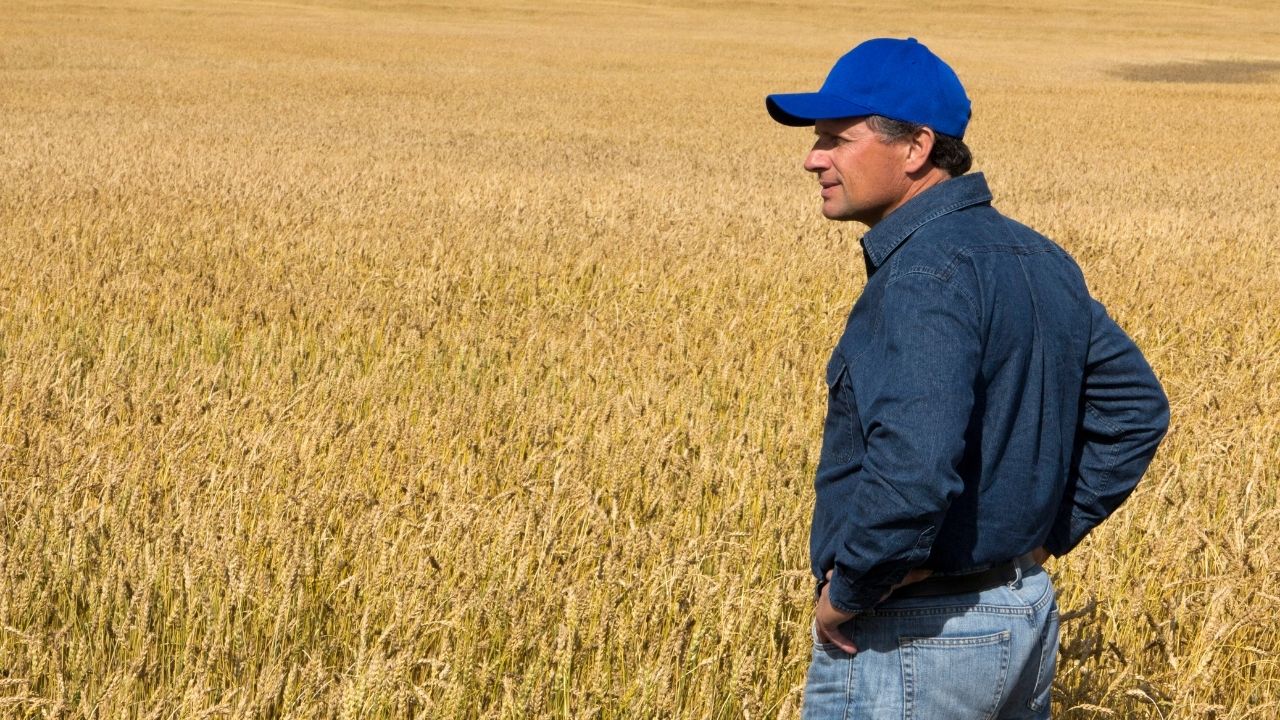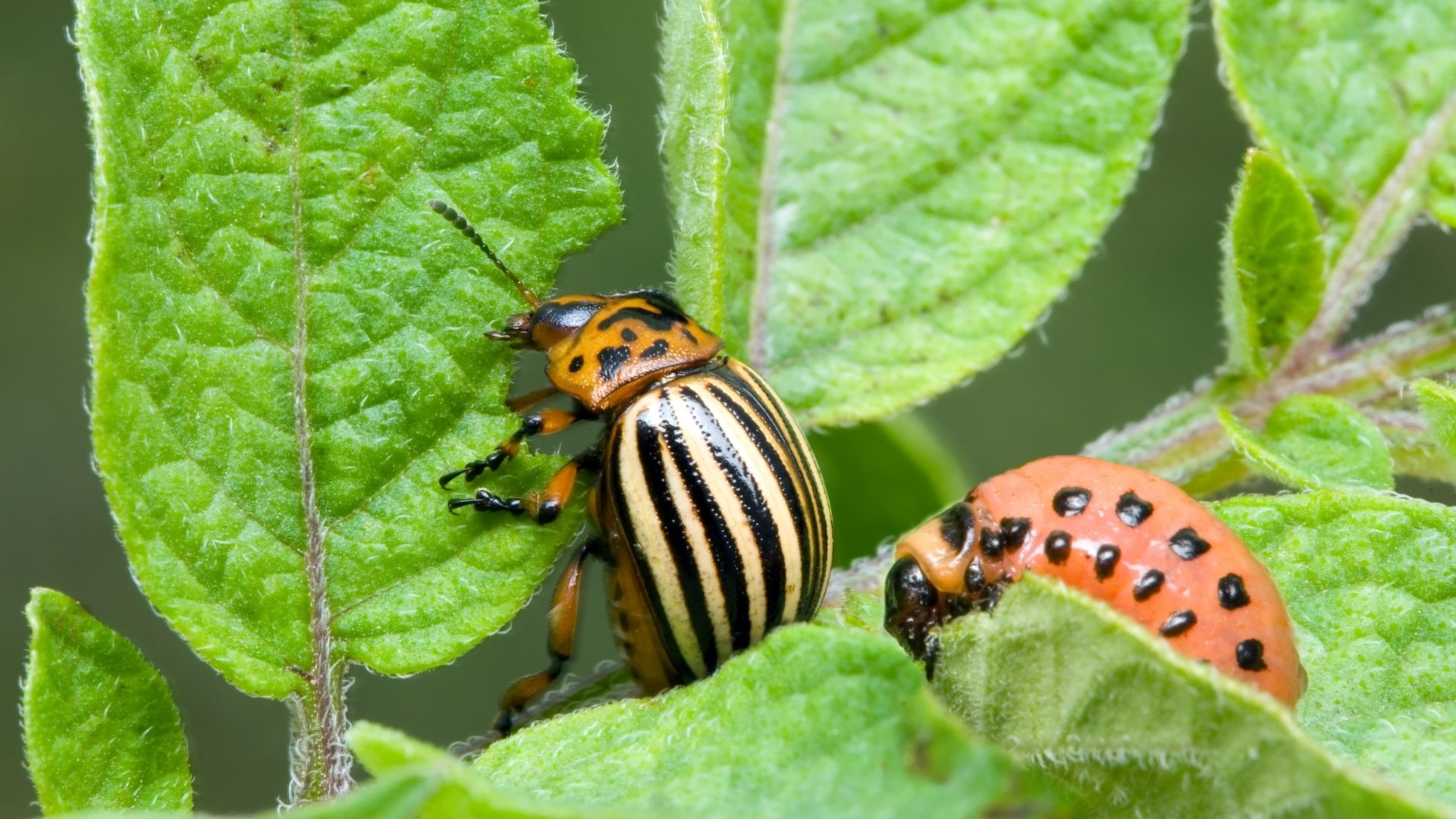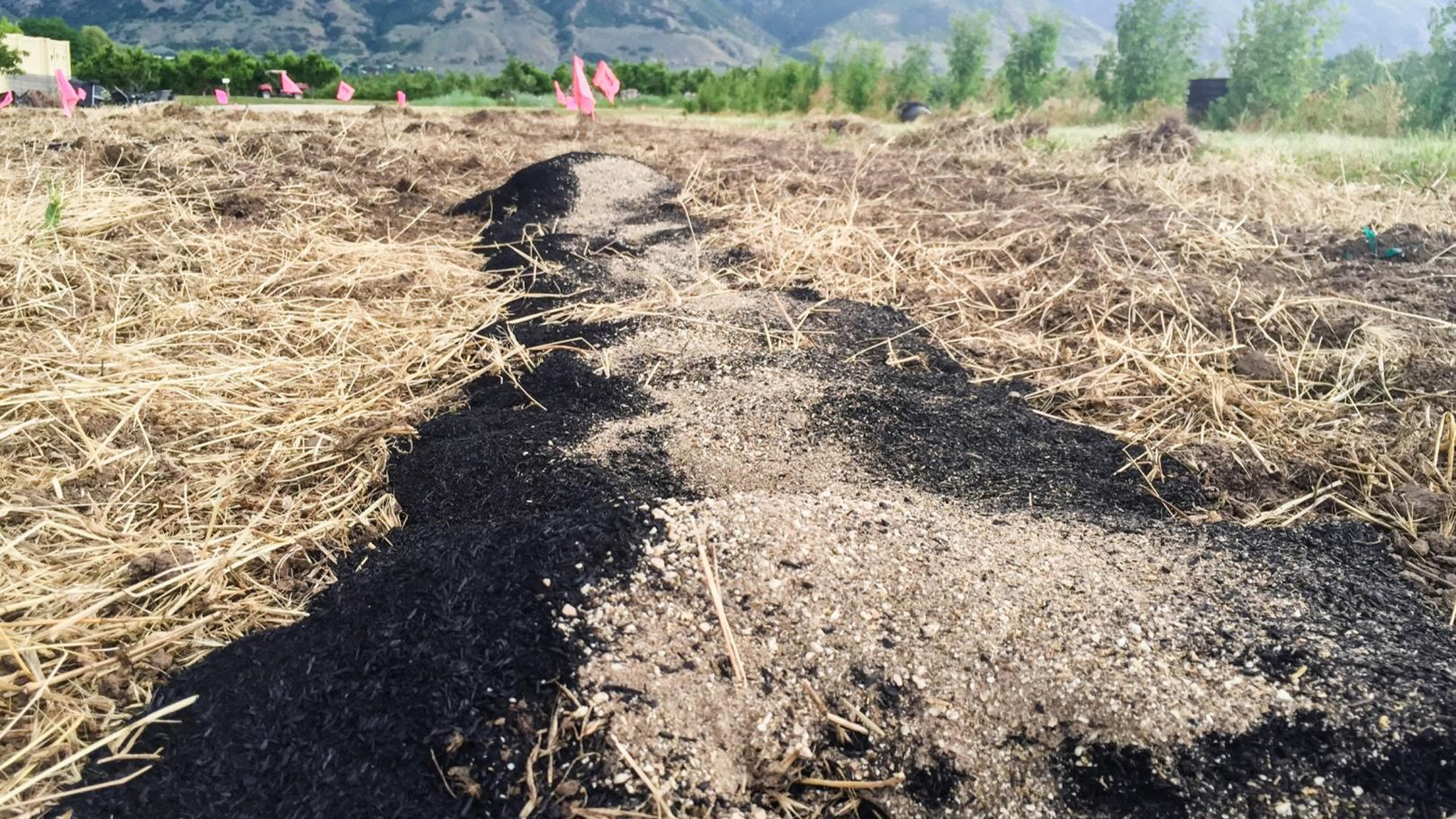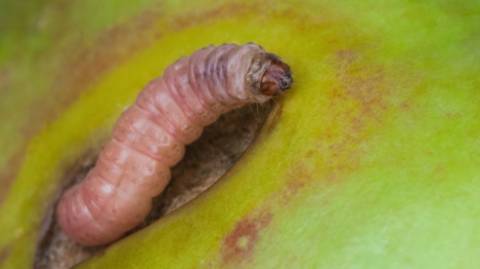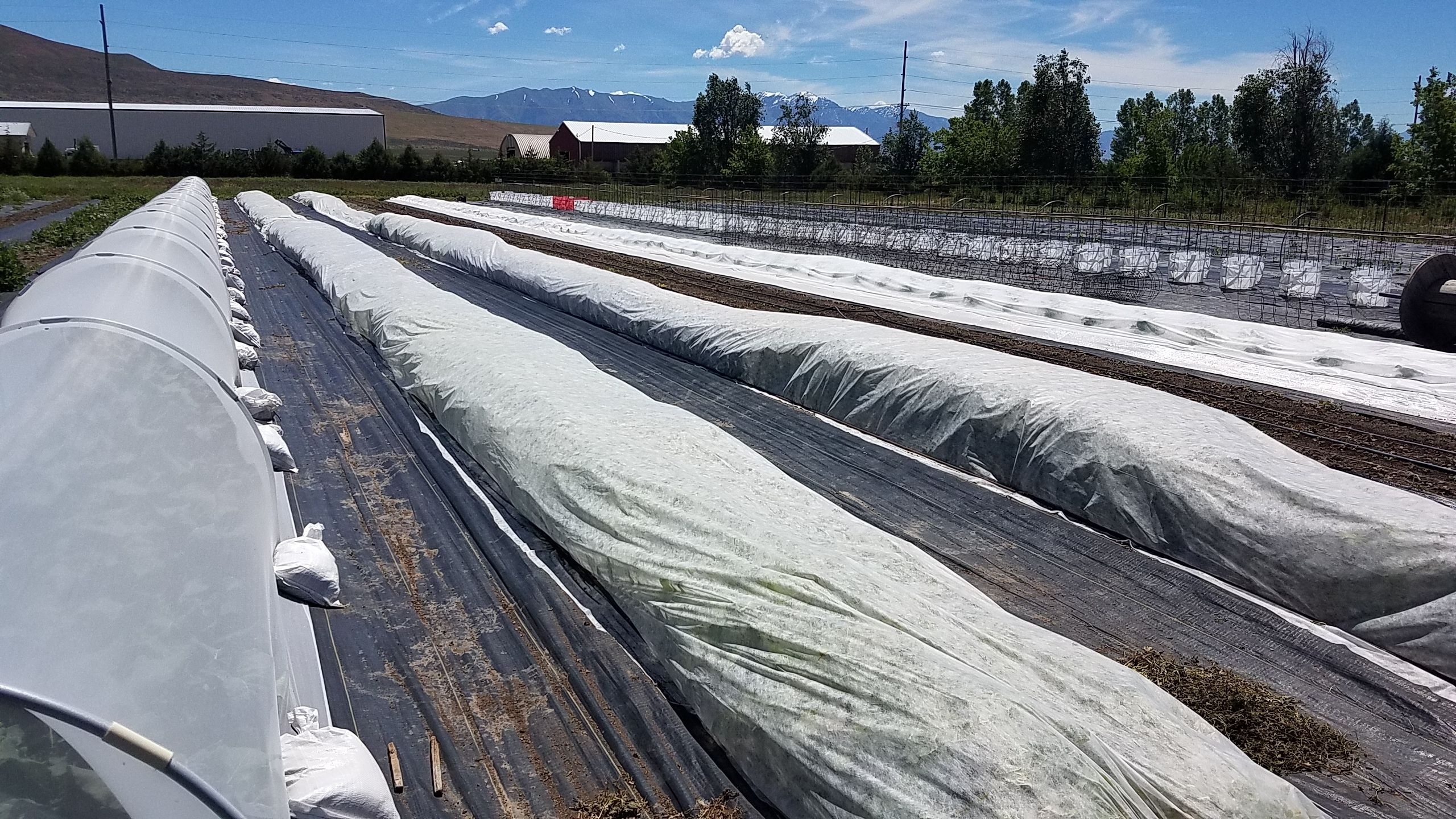The Integrated Pest Management (IPM) Concept
July 2011
Diane Alston, Extension Entomologist (No longer at USU)
History of the Terminology and a Definition
Integrated Control
Integrated Control was the first term coined to address this concept; it was created by a group of entomologists in the late 1950’s at the University of California at Riverside led by V. Stern. Integrated Control emphasized the selective use of chemicals so that natural enemies were conserved in the ecosystem.
Pest Management
The term Pest Management came about in the early 1960’s, which then evolved into Integrated Pest Management (IPM). However, many aspects of IPM have been practiced since plants were first cultivated by humans. Discontent with a purely pesticidal approach started the push to look for other ways to control pests.
Integrated Pest Management (IPM)
Integrated Pest Management (IPM): “A comprehensive approach to pest control that uses a combined means to reduce the status of pests to tolerable levels while maintaining a quality environment.”
Integrated Crop Management, Resource Management, and Sustainable Agriculture
Integrated Crop Management, Integrated Resource Management and Sustainable Agriculture are terms that have been used since the 1980’s and 90’s to refer to the evolution of IPM into a more holistic or whole systems approach that emphasizes the consideration of more than just the pests (i.e., other components of the ecosystem).
The IPM Concept
1. IPM has broad applications
- Integrates management of all pests.
- Holistic approach; ecologically based.
- Can be applied to any ecosystem.
2. What does IPM integrate?
- Integrates multiple pest management tactics (chemical, biological, cultural, mechanical).
- Integrates management of multiple pests (insects, weeds, disease pathogens, nematodes, vertebrates, etc.).
- Integrates pest management tactics on an area-wide basis (many pest control situations are better handled on a large-scale or regional basis).
3. Reduces pests to tolerable levels.
- Does not emphasize pest eradication or elimination.
4. Incorporates economic sustainability.
- Economic Injury Level and Economic Threshold concepts
- Can also incorporate other important factors such as maintenance of aesthetic quality.
5. Incorporates environmental and social concerns.

IPM Strategies & Tactics
Strategy: overall plan to reduce a pest problem.
Tactic: actual method used to implement the strategy.
General IPM Strategies
1. Do-nothing: Is the pest economically/aesthetically significant? Use sampling and knowledge of economic/aesthetic thresholds to make a decision; if pest population is below the Economic/Aesthetic Threshold, then control is not justified.
2. Reduce-numbers (Fig. 2): Implement on a treat-as-needed basis when the economic injury level is reached, or as a preventive tactic based on history of a pest problem. Examples of tactics: pesticides, release of natural enemies, cultural practices such as cultivation, sanitation, etc.


3. Reduce-crop/host/ecosystem susceptibility (Fig. 3): Rely on changes made in the host (plant or animal) or ecosystem that make it less susceptible to the pest (i.e., raise the economic injury level). Examples of tactics: host plant (or animal) resistance or tolerance, cultural practices such as fertilization (reduce stress) and altering the synchrony between pest and susceptible host stage, etc.
4. Combined strategies: Diversification is often helpful in improving consistency in management of a pest problem.
The Goals of An IPM Program
- Optimize profits (over the long term).
- Sustain resource (agricultural or natural; over the long term).
- Rational use of pesticides.
- Reduce environmental contamination and costs — soil, ground water, surface water, pollinators, wildlife, endangered species.
- Utilize natural biological controls — conserve and augment; use selective pesticides, proper timing of applications.
- Minimize pesticide resistance problems.
- Minimize pest resurgence and secondary pest outbreaks (often caused by elimination of natural enemies with pesticides).
- Food safety — reduce residues of pesticides on food products.
- Worker safety — rely on pest management tactics that are safe for workers.
Key Steps In An IPM Program
- Know your pest and plant (ecosystem) health problems.
- Decide what is unacceptable pest damage for your situation.
- Consider all available pest management practices.
- Time pest controls with “windows of opportunity” (points in pest life cycle when they are most susceptible to controls).
Related Research


